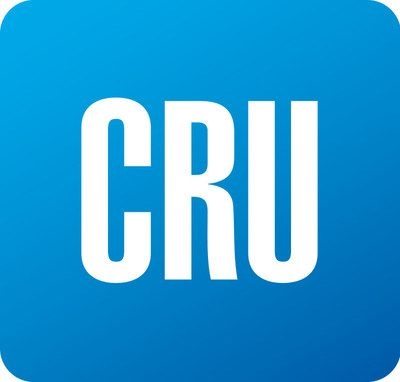Market

April 18, 2024
CRU: No overreaction in European premiums after sanctions
Written by CRU
This week, the Rotterdam ingot duty-paid premium was assessed $10 /t higher at $295–310 /t, while the Rotterdam duty-unpaid premium was $2.5 /t higher at $215–225 /t. The German billet premium was assessed another $5 /t higher at $500–520 /t.
European ingot premiums have not reacted dramatically to the new sanctions on Russian metal by the UK and the U.S. last Friday. Instead, the trend that has seen ingot premiums gradually increasing over the past month continued this week. One contact did rightly mention that the impact will be bullish in the long-run as more Russian-made aluminum will need to be replaced and this is likely to increase even more self-sanctioning.
Indeed, many contracts in Europe include the clause “LME deliverable,” and we expect some banks may refuse to finance non-LME deliverable metal in the future. This therefore adds another burden to those who are buying Russian metal and may deter them from doing it in their next contractual negotiations. Having said that, in times of narrow margins, some may appreciate the potential discounts that future Russian supplies might bring. Nevertheless, we estimate the proportion of Russian aluminum being consumed in Europe might drop as a result and this will keep supporting premiums.
Another interesting feature of the market since the sanctions were announced has been the large cancellations of warrants in South Korean LME warehouses. Almost 100,000/t of warrants have been cancelled so far this week, lifting the percentage of cancelled warrants to 52% from 37% previously.
A Bloomberg article suggested the metal cancelled would eventually be re-delivered at a later date becoming a “type 2” warrant instead of “type 1” currently. “Type 2” warrants refer to metal that was produced before April 13 but warranted after. Since “type 2” warrants are expected to be less liquid than “type 1”, this increases the chance that the metal might stay for longer in the warehouse. This can be used as an argument by the metal holder to negotiate a more attractive rent deal with the warehousing company. The move is responsible for a large backwardation that developed between the cash and May prompt dates, last at $25/t, with the rest of the curve back in a contango.
US Midwest futures jump higher for mid-year
The US Midwest premium traded between 19.3–19.8 ¢/lb, down slightly from the range of 19.5–20 ¢/lb reported last week.
The announcement from the LME regarding Russian aluminum is the latest development providing support for a recovery in the premium. Mid-year 2024 has now traded as high as 23.5 ¢/lb, as bullish sentiment builds in the North American region. There are also fundamentals working to push it higher as both other regional premiums and the LME trend higher. The premium will need to increase even more if the push to onshoring continues, and demand comes back in a meaningful way in H2.
Another factor that could support the premium is the recent announcement from the Biden administration on raising the tariffs on Chinese steel and aluminum. The initial call is to raise the tariffs enacted under Section 301 to 25%. There is also simultaneously a normally scheduled review underway for the exclusion process of these same tariffs. Currently there is still over 300 kt of aluminum coming into the US from China, with most being flat rolled products. While still significant, it is a far cry from the peak in 2017 of over 700 kt. If this latest push for higher tariffs does happen, it will provide even more support to onshoring and make it more difficult for Chinese imports to flow in.
MJP Q2 settled at $146.5/t
The spot premium in Japan was assessed in a range of 140–150/t this week, unchanged from last week.
The premium for MJP Q2 has finally settled in a range of $145–148/t (146.5/t mid-point) after one producer agreed a premium of $148/t with its Japanese buyers last Thursday. Inventories in Japan continued to fall in March. According to Marubeni’s latest data, the inventories level at major Japanese ports totaled 315,500 t by the end of March, down by 15,400 t from the number of 330,900 t seen at the end of February. This suggests demand is improving in Japan as it faces its strongest quarter.
Meanwhile, the spot premium in South Korea was last in a range of $150–155 /t this week, unchanged from last week.





